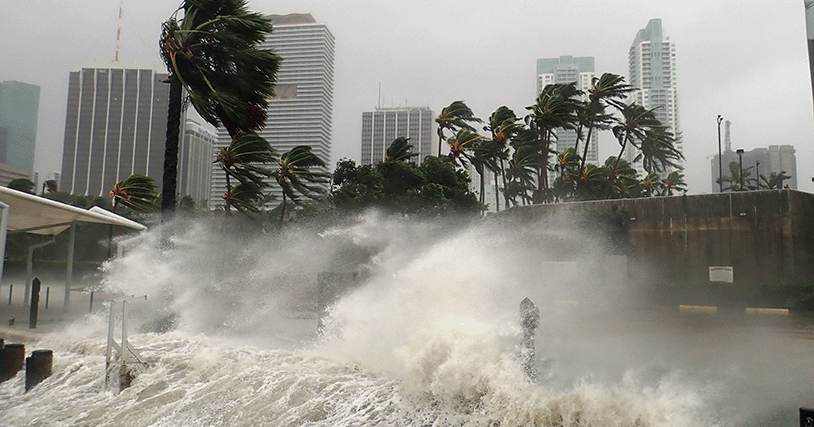
The volcanic eruption and resulting tsunami that devastated Tonga on January 15 brought into sharp focus the importance of satellite connectivity during a disaster. The event severed an undersea cable connecting the isolated Polynesian kingdom to the global communications network. A repair ship crew needed more than five weeks to repair the main cable and restore Internet service to most Tonga’s 100,000 citizens. The crew ship is still working to repair cables that connect some of the outer islands.
During the repairs, satellites provided the only connection for Tongans to the outside world. But unfortunately, as is often the case, the equipment needed to support a satellite network was not in place at the time and had to be delivered in the days following the disaster. Hughes and Inmarsat recently donated mobile satellite communications technology and services to the ITU to assist with emergency response efforts around the world.
I took part in a disaster relief webinar last month hosted by the Resilience on Emergency & Disaster Conference (REDCON) Asia where we discussed how the satellite industry can better serve governments and NGOs responding to disasters and came away with these observations:
- As the Tonga incident illustrates, advance planning and equipment purchase is not a universal practice of governments. Satellite terminals, dishes and related equipment are expensive, and governments the world over have been reluctant to tie up resources in equipment they think they may never need. However, today’s high-throughput satellites deliver more bandwidth to a new generation of smaller, less expensive terminals that are easier to set up and operate. Government planners need to be better educated about these changes and helped with properly budgeting for them. Trying to improvise a solution at the disaster site takes time and is never ideal.
- As part of advance planning, governments need to secure access to the satellite bandwidth they might need in the event of a disaster. Once again, commercial providers have changed the pricing of bandwidth, so that a customer might only need to buy what is needed for a month without being in a long-term contract.
- Live-streaming video from disaster scenes using drones or other means helps first responders better assess the situation, but it requires far more bandwidth than transmitting voice and data. To secure enough bandwidth to support the vast amount of video traffic that may be required, high-throughput satellites offer lots of bandwidth at low prices, making it possible for governments to adopt video communication to help respond to disasters.
- The global pandemic and resulting shutdowns of offices and school made governments in developing countries realize that they can’t wait decades to build out terrestrial networks. Satellite networks to serve rural populations can be set up in a matter of hours, provided the capacity and equipment are part of the planning and preparation.
We have always dealt with earthquakes and volcanic eruptions. Now, scientists believe that climate change is altering weather patterns in a way that we will be more floods, fires and other weather-related disasters in the future. Now more than ever, governments need to plan for these events by lining up the equipment and bandwidth they will need to adequately respond to emergencies. Go here for more information on how Hughes can help support your disaster and emergency communications preparation and response efforts.